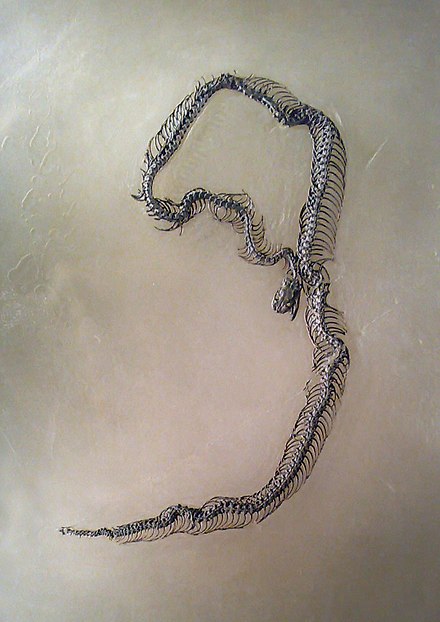Tropidophiidae
The Tropidophiidae, common name dwarf boas or thunder snakes,[2] are a family of nonvenomous snakes found from Mexico and the West Indies south to southeastern Brazil. These are small to medium-sized fossorial snakes, some with beautiful and striking color patterns. Currently, two living genera, containing 34 species, are recognized.[3] Two other genera (Ungaliophis and Exiliboa) were once considered to be tropidophiids but are now known to be more closely related to boids, and are classified in the subfamily Ungaliophiinae. There are a relatively large number of fossil snakes that have been described as tropidophiids (because their vertebrae are easy to identify), but which of these are more closely related to Tropidophis and Trachyboa and which are more closely related to Ungaliophis and Exiliboa is unknown.
This family is confined to the neotropics, mainly in Hispaniola, Jamaica, and the Cayman Islands, with the greatest diversity being in Cuba, where new species are being discovered. These snakes are relatively small, averaging to about 30–60 cm (12–24 in) in total length (including the tail).
Most species spend their day burrowed underground or under vegetation, surfacing only at night or when it rains. Some species are arboreal and are often seen hiding in bromeliads in trees.
The dwarf boas can change color from light (when they are active at night) to dark (inactive in the day). This color change is brought about by the movement of dark pigment granules.
When threatened, tropidophiids coil up into a tight ball. A more peculiar defensive behavior is their ability to bleed voluntarily from the eyes, mouth, and nostrils.[4]
They are found from southern Mexico and Central America, south to northwestern South America in Colombia, (Amazonian) Ecuador, and Peru, as well as in northwestern and southeastern Brazil, and also in the West Indies.[1]
